Polyurethane is everywhere. It’s in the form of your couch, the wheels of your skateboard, and even in some of your clothes. But is polyurethane toxic? That’s a question more people are asking, especially as we become more aware of the things we use every day. In this article, we’ll explore what polyurethane is, the risks it might pose to your health, and how you can use it safely. We’ll also look at its impact on the environment and what alternatives exist. Let’s dive into the world of polyurethane and see what we find.
Key Takeaways
- Polyurethane is a common material found in many household items and industrial products.
- Exposure to polyurethane can have short-term and long-term health effects, especially for vulnerable groups.
- Proper safety measures, like using protective gear, are important when handling polyurethane.
- Polyurethane has environmental impacts, but recycling and eco-friendly alternatives are available.
- Understanding regulations and safety standards can help consumers make informed decisions about using polyurethane products.
Understanding Polyurethane and Its Uses
What is Polyurethane?
Polyurethane is a type of polymer that’s super versatile. You find it in everything from furniture cushions to insulation panels. It’s kind of like the jack-of-all-trades in the material world. What makes it special is its ability to be both flexible and rigid, depending on how it’s made. This adaptability is why it’s so widely used.
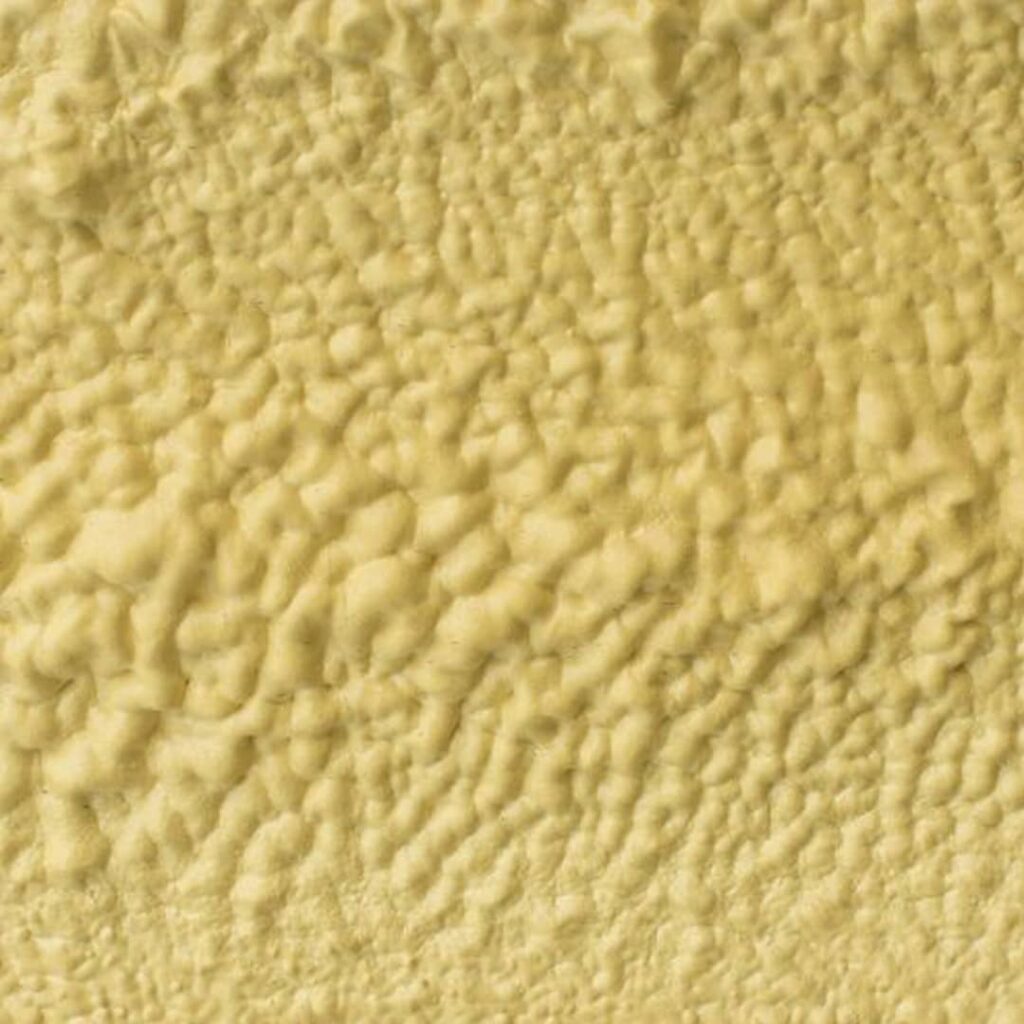
Polyurethane is a type of polymer that’s super versatile
Common Applications of Polyurethane
Polyurethane is everywhere, even if you don’t realize it. Here’s a quick list to show where you might come across it:
- Furniture and Bedding: Used in cushions and mattresses for comfort.
- Insulation: Helps keep homes warm by acting as a barrier against cold.
- Footwear: Found in shoe soles for flexibility and durability.
- Automotive Parts: Used in car seats and interiors for comfort and design.
- Coatings and Adhesives: Provides a protective layer on floors and paints.
Types of Polyurethane Products
Polyurethane comes in various forms, each with its own set of characteristics. Here’s a breakdown:
- Flexible Foams: Often used in upholstery and mattresses due to their soft texture.
- Rigid Foams: Utilized in construction for lightweight structural support.
- Elastomers: These are more rubber-like, perfect for wheels and tires.
- Coatings: Used on surfaces for protection and aesthetics.
Polyurethane is a major player in modern manufacturing, offering solutions that range from comfort to protection. Its versatility is unmatched, making it an essential material in various industries.
Chemical Composition of Polyurethane
Key Ingredients in Polyurethane
Polyurethane is made from two main ingredients: polyols and isocyanates. These two components react to form a polymer that is incredibly versatile. Polyols are like the backbone, providing flexibility and softness, while isocyanates add strength and durability. The balance between these ingredients can be adjusted to create different types of polyurethane with varying properties.
How Polyurethane is Manufactured
The manufacturing process of polyurethane involves mixing polyols and isocyanates in precise ratios. This mixture is then poured into molds or applied to surfaces, where it expands and hardens. The whole process is quite fascinating and allows for customization based on the desired end-use. Whether it’s for foam cushions or rigid panels, the way these chemicals are combined makes a big difference.
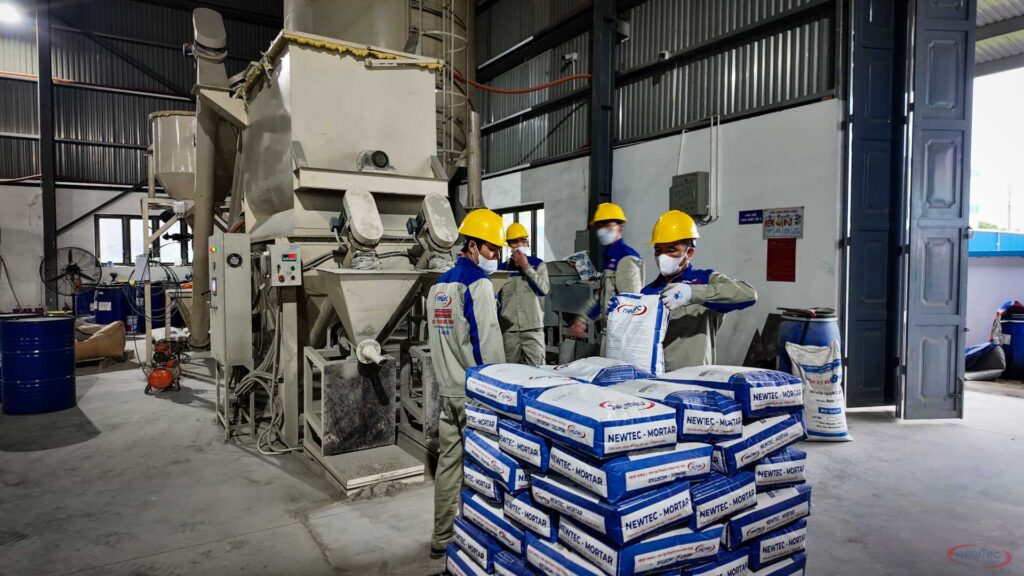
The manufacturing process of polyurethane at NewTec Group
Differences Between Polyurethane and Other Plastics
Polyurethane stands out from other plastics due to its unique chemical structure. Unlike other plastics that might be made from a single type of polymer, polyurethane’s structure is made up of alternating non-polar units derived from isocyanates, forming hard segments and soft segments. This gives it flexibility and durability that many other plastics lack. Additionally, the ability to tweak its composition means it can be tailored for specific applications, unlike more rigid plastics.
Health Risks Associated with Polyurethane
Short-term Exposure Effects
When you first come into contact with polyurethane, you might notice some immediate effects. These can include skin irritation, coughing, or even a bit of dizziness if you’re inhaling the fumes. If you’re working with polyurethane foam, be extra cautious. This stuff can cause skin rashes and some nasty respiratory issues due to the chemicals, especially isocyanates, involved in its production. Always make sure you’re in a well-ventilated area.
Long-term Health Concerns
Now, let’s talk long-term. Continuous exposure to polyurethane can lead to more serious health problems. We’re talking about chronic respiratory issues or even asthma. Some studies suggest there’s a link between prolonged exposure and certain cancers, though this is still being researched. It’s important to minimize your exposure as much as possible to stay safe.
Vulnerable Populations and Polyurethane
Certain groups of people are more at risk when it comes to polyurethane exposure. Children, pregnant women, and those with pre-existing health conditions like asthma or allergies should be particularly cautious. Their bodies can be more sensitive to the chemicals found in polyurethane, making them more susceptible to its harmful effects. It’s crucial to take extra precautions if you’re in one of these vulnerable groups or if you have family members who are.
Safety Measures for Handling Polyurethane
Personal Protective Equipment for Polyurethane
When dealing with polyurethane, it’s important to wear the right gear. Gloves, goggles, and masks are a must-have to keep yourself safe from any fumes or spills. Gloves protect your skin from direct contact, while goggles shield your eyes from splashes. Masks are essential to avoid inhaling harmful vapors. Make sure your workspace is well-ventilated, too!
Safe Storage Practices
Storing polyurethane properly is just as crucial as using it safely. Keep it in a cool, dry place, away from direct sunlight and heat sources. Always ensure that containers are sealed tightly when not in use to prevent any leaks or evaporation. Ensure safe handling of products by keeping them away from children, avoiding puncturing or burning empty or partially used cans, and disposing of empty cans responsibly.
Guidelines for Safe Disposal
Disposing of polyurethane requires some attention to detail. Never pour it down the drain or throw it in the trash without checking local regulations. Many areas have special disposal sites for hazardous materials. If you’re unsure, contact your local waste management facility for guidance. Remember, improper disposal can harm the environment and pose health risks.
Environmental Impact of Polyurethane
Polyurethane and Air Quality
Polyurethane products can release volatile organic compounds (VOCs) into the air, affecting indoor air quality. When these compounds are emitted, they can contribute to the formation of smog and air pollution. It’s crucial to ensure proper ventilation when using polyurethane products indoors to minimize exposure to these harmful emissions.
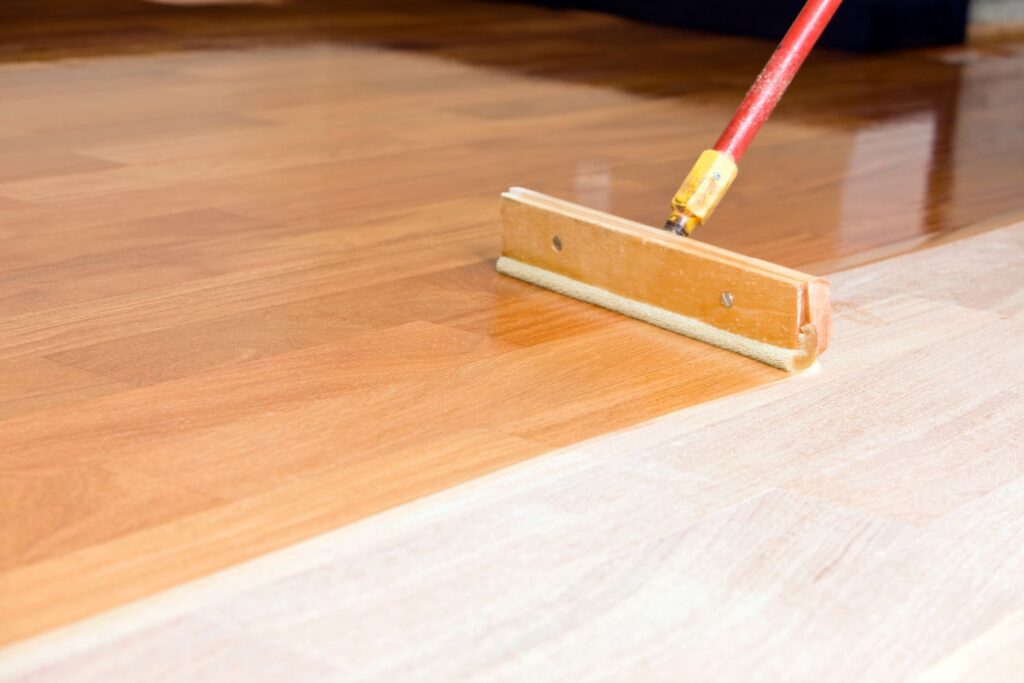
Polyurethane is a very safe chemical
Effects on Water and Soil
Polyurethane’s impact on water and soil is significant. When polyurethane waste is improperly disposed of, it can leach chemicals into the ground and waterways. This can lead to contamination of drinking water sources and harm aquatic life. Environmental applications of polyurethanes are being explored to mitigate these effects, but challenges remain in managing polyurethane waste effectively.
Recycling and Biodegradability of Polyurethane
Recycling polyurethane is complex due to its chemical structure, but efforts are being made to improve recycling methods. Currently, only a small percentage of polyurethane waste is recycled. Biodegradability is another concern; most polyurethane products are not biodegradable, leading to long-term environmental persistence. Innovations in biodegradable polyurethane alternatives are being researched, but widespread adoption is still in the future.
The environmental footprint of polyurethane is an ongoing concern, with efforts focused on reducing its negative effects while balancing its benefits in modern applications.
Regulations and Standards for Polyurethane Use
Government Regulations on Polyurethane
Polyurethane is widely used in various industries, from furniture to automotive. Governments around the world have set regulations to manage its use and ensure safety. In the United States, the Environmental Protection Agency (EPA) plays a significant role in overseeing the production and handling of polyurethane products. They enforce rules to limit harmful emissions during manufacturing and use. Similarly, the European Union has REACH (Registration, Evaluation, Authorisation, and Restriction of Chemicals), which mandates thorough testing and reporting of chemical substances, including polyurethane.
Industry Standards for Safety
Industry standards are crucial for maintaining safety when working with polyurethane. Organizations like the American National Standards Institute (ANSI) and the International Organization for Standardization (ISO) provide guidelines to ensure safe manufacturing and application practices. These standards cover everything from the safe handling of raw materials to the final product’s quality checks. For instance, the updated UL Standard 60335-2-24 includes revisions for the use conditions of flammable refrigerants, aligning with safety protocols to ensure safer usage.
Labeling and Consumer Information
Proper labeling is essential for consumer safety. Labels on polyurethane products must include information about safe use, potential hazards, and disposal methods. This transparency helps consumers make informed decisions and promotes safe handling. Manufacturers often include symbols or pictograms to quickly convey critical safety information. Additionally, Material Safety Data Sheets (MSDS) are provided to detail the chemical properties and safety measures related to polyurethane products.
Understanding these regulations and standards is key to using polyurethane safely and effectively. By adhering to these guidelines, both manufacturers and consumers can minimize risks and enjoy the benefits of this versatile material.
Alternatives to Polyurethane
Eco-friendly Polyurethane Alternatives
Finding alternatives to polyurethane is crucial for those wanting to reduce their environmental impact. Polyurethane products, including foams, elastomers, adhesives, and paints, utilize isocyanates as a key raw material. However, isocyanates pose significant health risks, necessitating effective control measures during production to safeguard workers and the environment. Some eco-friendly options include:
- Water-based Polyurethane: These are less toxic and release fewer volatile organic compounds (VOCs) compared to traditional polyurethane.
- Soy-based Foams: Derived from soy oil, these foams are biodegradable and offer a sustainable alternative.
- Linseed Oil-based Products: These products use natural oils, reducing reliance on petroleum-based materials.
Comparing Costs and Benefits
Switching to eco-friendly alternatives can seem daunting, especially when considering costs. Here’s a quick breakdown:
| Alternative Material | Initial Cost | Long-term Benefits |
|---|---|---|
| Water-based Polyurethane | Moderate | Lower VOC emissions, safer for indoor air quality |
| Soy-based Foams | High | Biodegradable, supports sustainable agriculture |
| Linseed Oil-based Products | Low | Renewable resource, reduces environmental footprint |
While the initial costs might be higher for some alternatives, the long-term benefits often outweigh the expenses, both environmentally and health-wise.
Case Studies of Alternative Materials
- Green Building Projects: Many eco-conscious builders are now using soy-based foams for insulation, improving energy efficiency and reducing carbon footprints.
- Furniture Manufacturing: Companies are opting for water-based polyurethane finishes to ensure safer products for consumers.
- Automotive Industry: Some car manufacturers have started using linseed oil-based products for interior components, promoting sustainability.
Opting for alternatives not only contributes to a healthier planet but also encourages innovation in material science. By exploring these options, industries can lead the way in creating safer, more sustainable products for the future.
Wrapping It Up
So, is polyurethane toxic? Well, it can be, but it really depends on how you use it. If you’re working with it in a well-ventilated area and wearing the right gear, you’re probably going to be fine. But, if you’re careless, it might cause some issues. It’s like anything else, really. You just need to be smart about it. Keep the windows open, wear a mask, and maybe some gloves, and you should be good to go. At the end of the day, understanding the risks and taking the right steps can make all the difference. So, next time you’re thinking about using polyurethane, just remember to play it safe. Better safe than sorry, right?


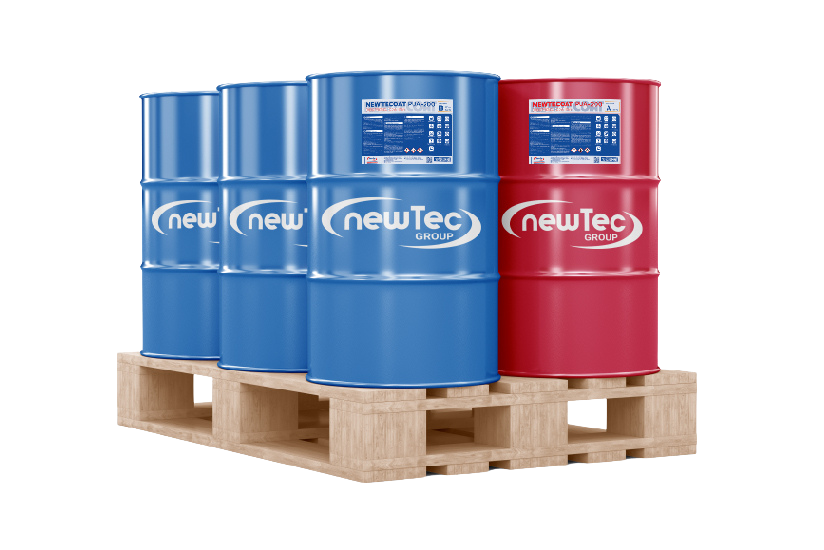
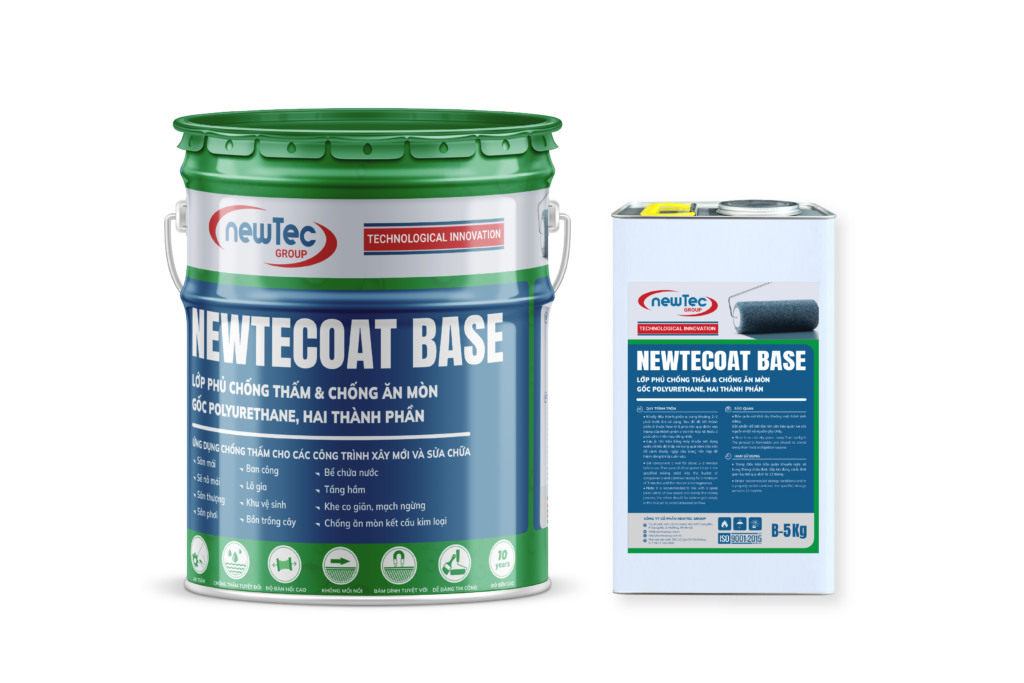
You may also be interested in
Understanding What Polyurethane Foam When Burned Gives Off: Health Risks and Safety Precautions
Polyurethane foam is commonly used in many products, from furniture to insulation. However, when it
May
Exploring the Question: Is Polyurethane Durable Enough for Everyday Use?
Polyurethane is everywhere, from the cushions on your couch to the insulation in your walls.
May
Exploring the Truth: Is Polyurethane Eco Friendly in Today’s World?
Polyurethane is everywhere these days, from your furniture to your sneakers, but is polyurethane eco
May
Trusted Polyurea Manufacturer for Philippines Supporting Industrial and Construction Excellence
The polyurea market in the Philippines is poised for significant growth from 2025 to 2031,
May
The Role of a Reliable Polyurea Manufacturer for Malaysia in Enhancing Construction Quality
Polyurea coatings have become increasingly vital in Malaysia’s industrial and construction sectors due to their
May
Reliable Polyurea Manufacturer for Cambodia Supporting Industrial and Construction Growth
Polyurea coatings are increasingly recognized for their vital role in the industrial and construction sectors,
May
Meet the Leading Polyurea Manufacturer for Thailand Powering Industrial Applications
Polyurea coatings have become an essential solution in various industrial sectors due to their exceptional durability, rapid curing times, and resistance to
May
Exploring Polyurea Manufacturer & Custom Coating Options in Southeast Asia
Polyurea coatings have become a game-changer in the protective coatings industry due to their remarkable
May